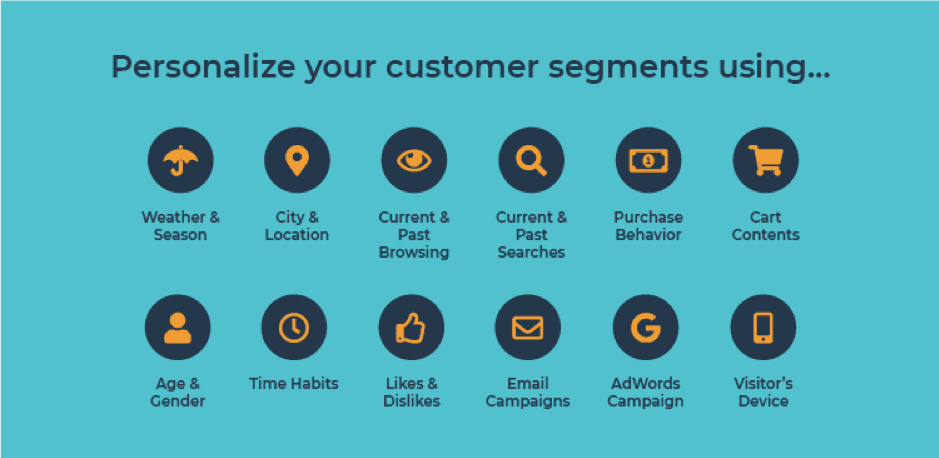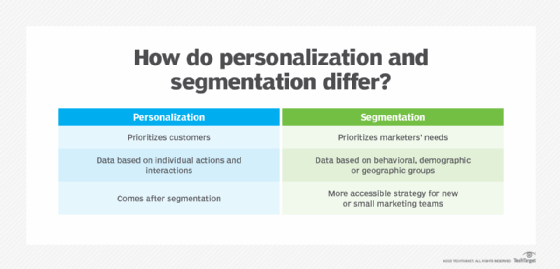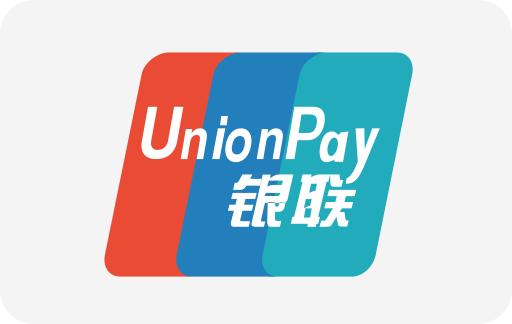Personalizing marketing messages for different customer segments involves first identifying distinct groups within your customer base based on shared characteristics, then tailoring communication to meet the specific needs, preferences, and behaviors of each segment.
To do this effectively, follow these key steps:
-
Set clear segmentation goals aligned with business objectives such as improving retention, increasing loyalty, or boosting conversion rates. Define KPIs like retention rate or customer satisfaction to measure success.
-
Collect comprehensive customer data using both quantitative methods (e.g., product analytics, usage tracking) and qualitative methods (e.g., surveys, interviews) to understand not just what customers do but why they behave that way.
-
Segment customers based on relevant criteria, which can include:
- Demographic factors (age, gender, income)
- Geographic location (city, region)
- Psychographic traits (lifestyle, values, interests)
- Behavioral data (purchase history, product usage, engagement levels).
-
Evaluate and select the most attractive segments by considering their size, growth potential, profitability, and accessibility.
-
Develop a positioning strategy for each segment that communicates a unique value proposition tailored to their specific needs and preferences.
-
Personalize marketing messages by using data-driven insights to craft content that resonates with each segment. This can include personalized product recommendations, targeted promotions, and messaging that reflects the segment’s interests and behaviors. For example, using a customer’s name is a basic personalization step, but deeper personalization involves tailoring offers based on their past interactions or preferences.
-
Continuously track and optimize your segmentation and personalization efforts by monitoring KPIs and customer responses to refine your approach.
Combining segmentation with personalization ensures marketing messages are relevant and engaging, which improves customer experience and business outcomes. Geographic segmentation alone may provide basic targeting but is most effective when combined with psychographic and behavioral data to capture the full complexity of customer needs.
In summary, personalizing marketing messages requires a strategic approach to segmenting customers based on meaningful data and then tailoring communications to reflect the unique characteristics of each segment. This approach enhances relevance, engagement, and ultimately, marketing effectiveness.




















WebSeoSG offers the highest quality website traffic services in Singapore. We provide a variety of traffic services for our clients, including website traffic, desktop traffic, mobile traffic, Google traffic, search traffic, eCommerce traffic, YouTube traffic, and TikTok traffic. Our website boasts a 100% customer satisfaction rate, so you can confidently purchase large amounts of SEO traffic online. For just 40 SGD per month, you can immediately increase website traffic, improve SEO performance, and boost sales!
Having trouble choosing a traffic package? Contact us, and our staff will assist you.
Free consultation